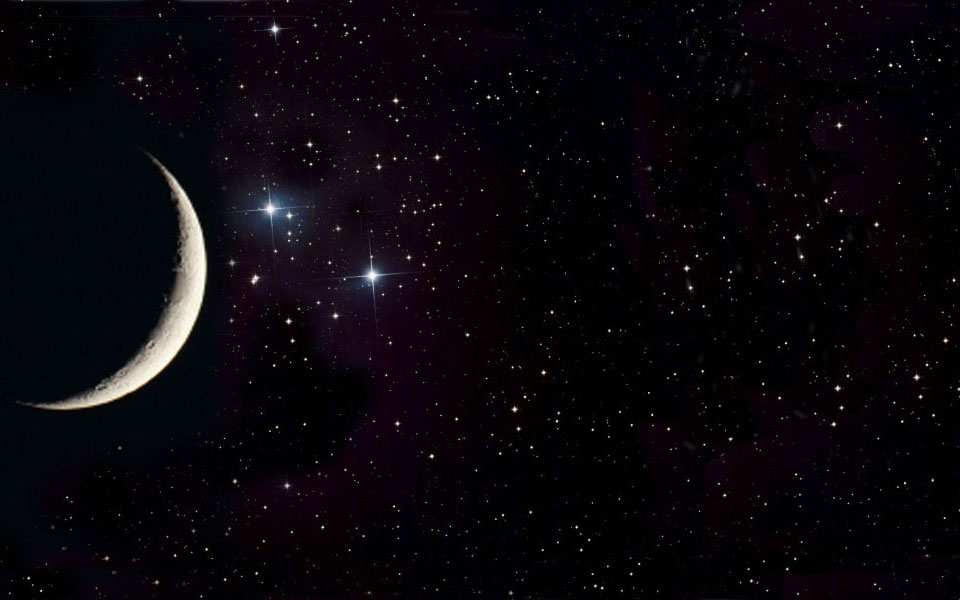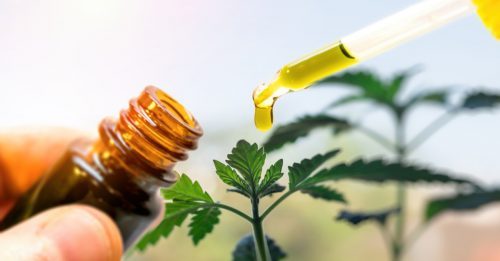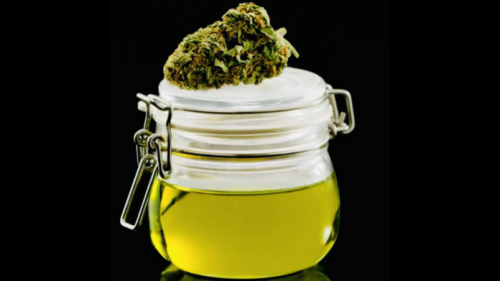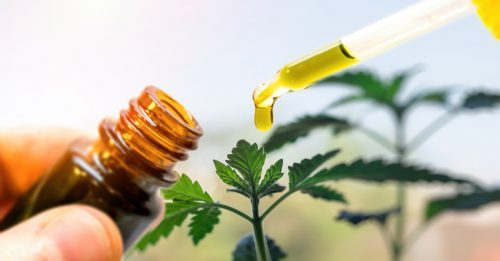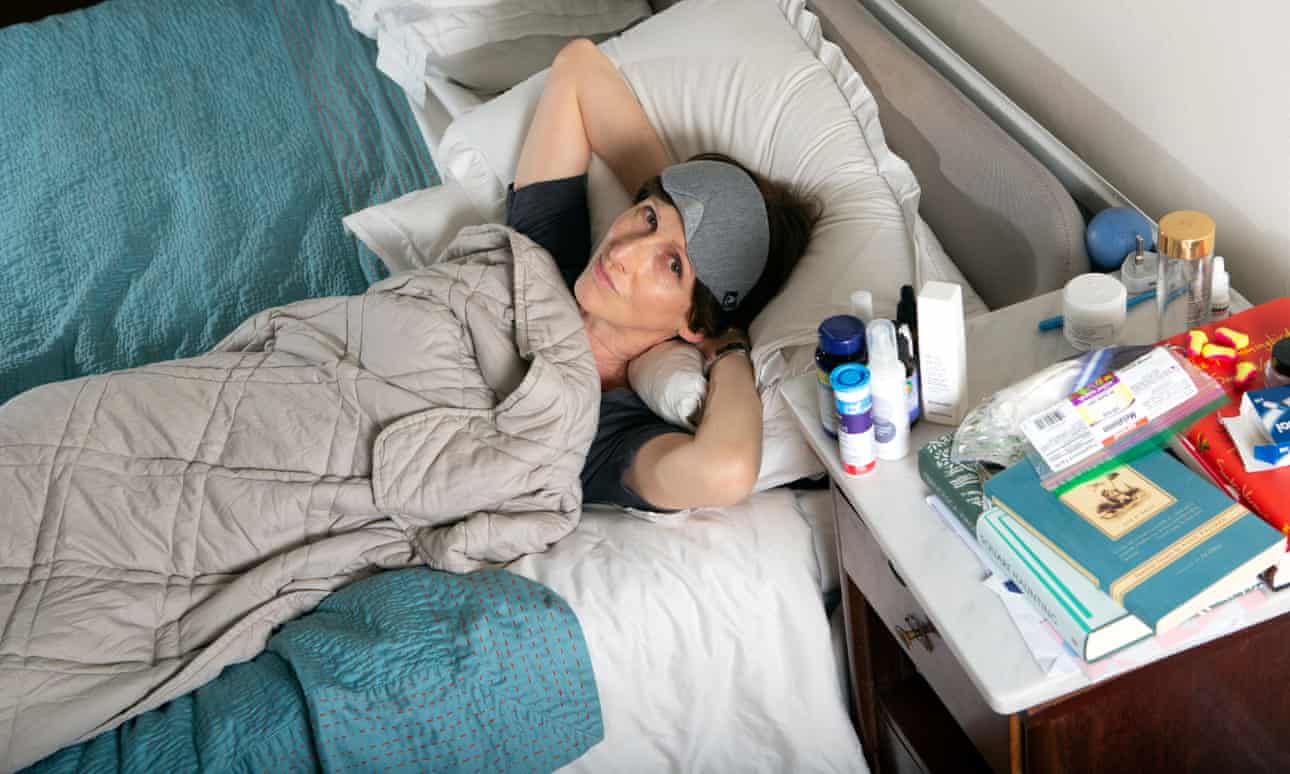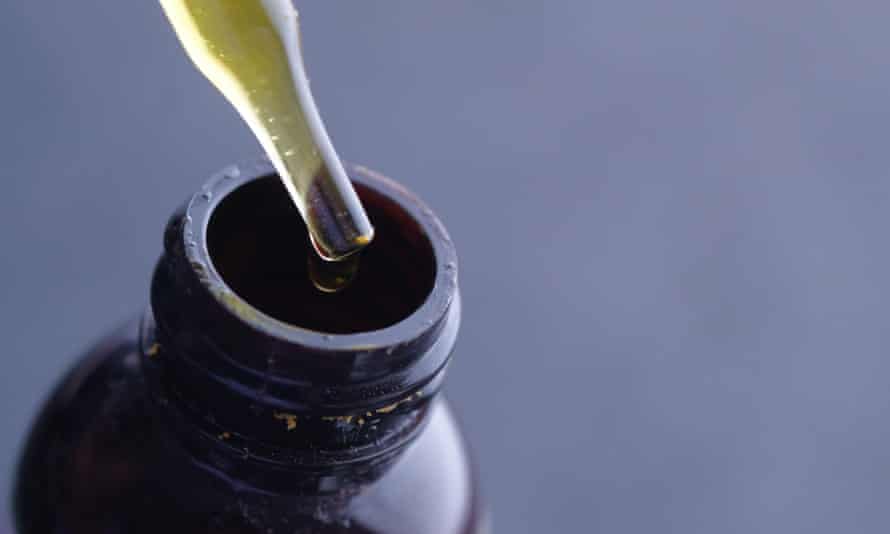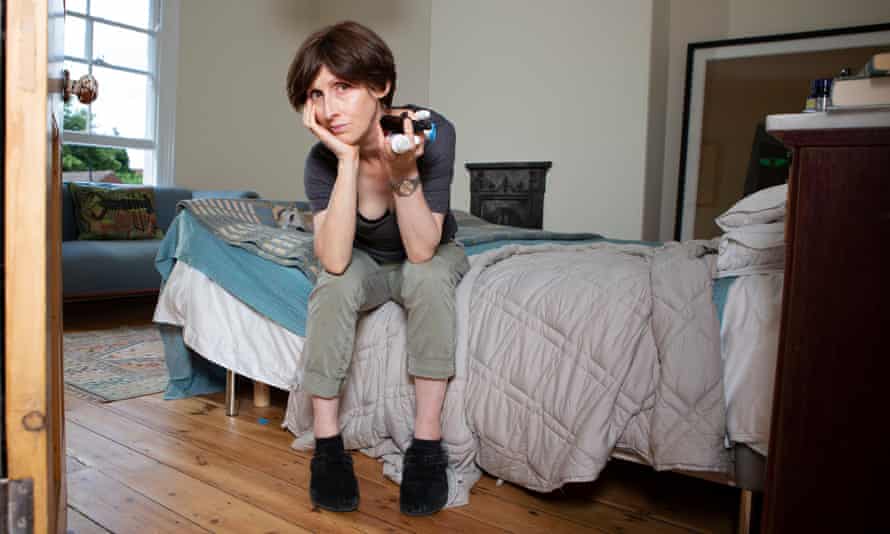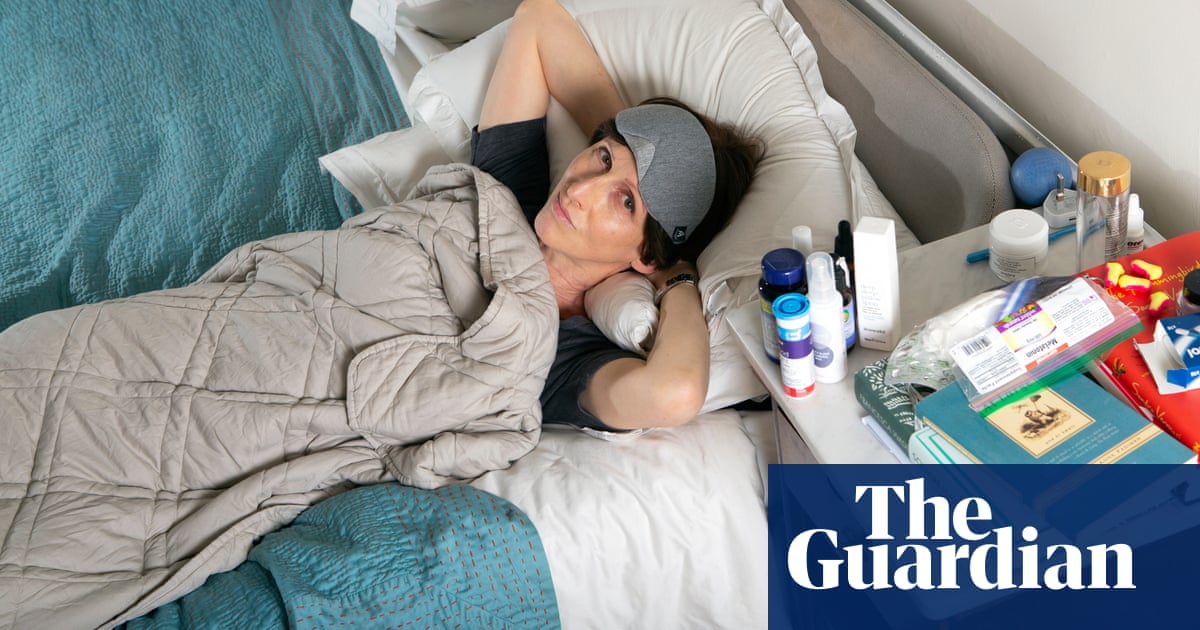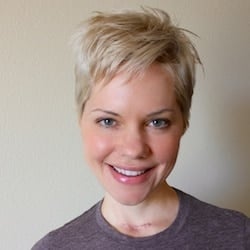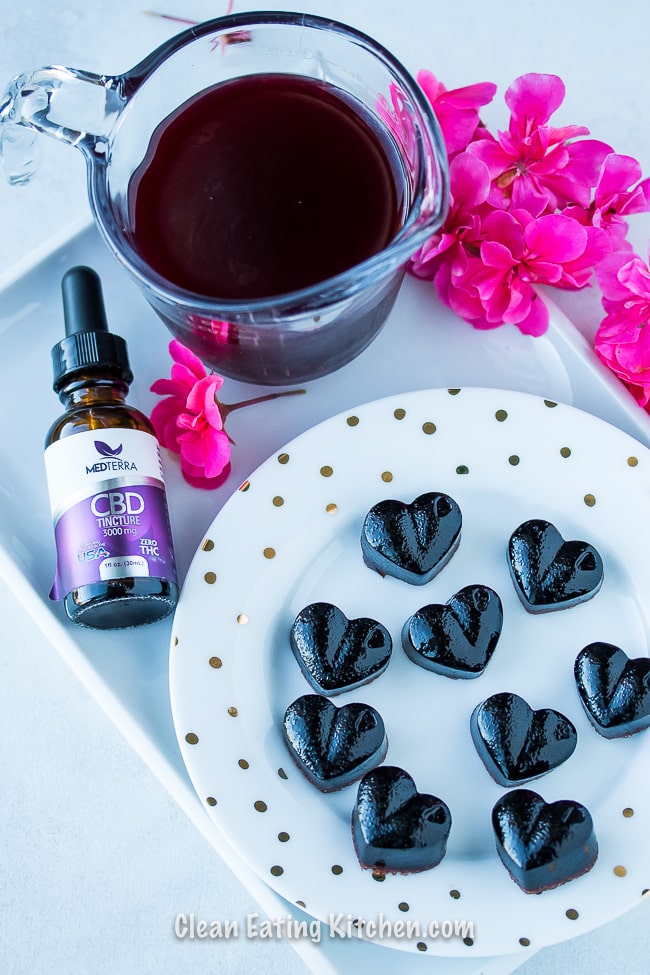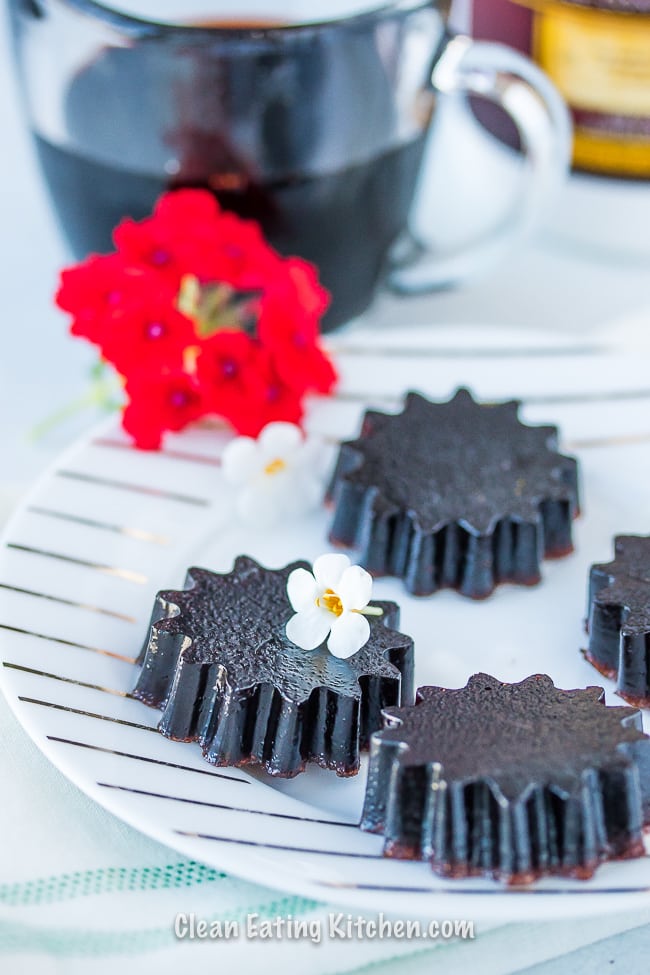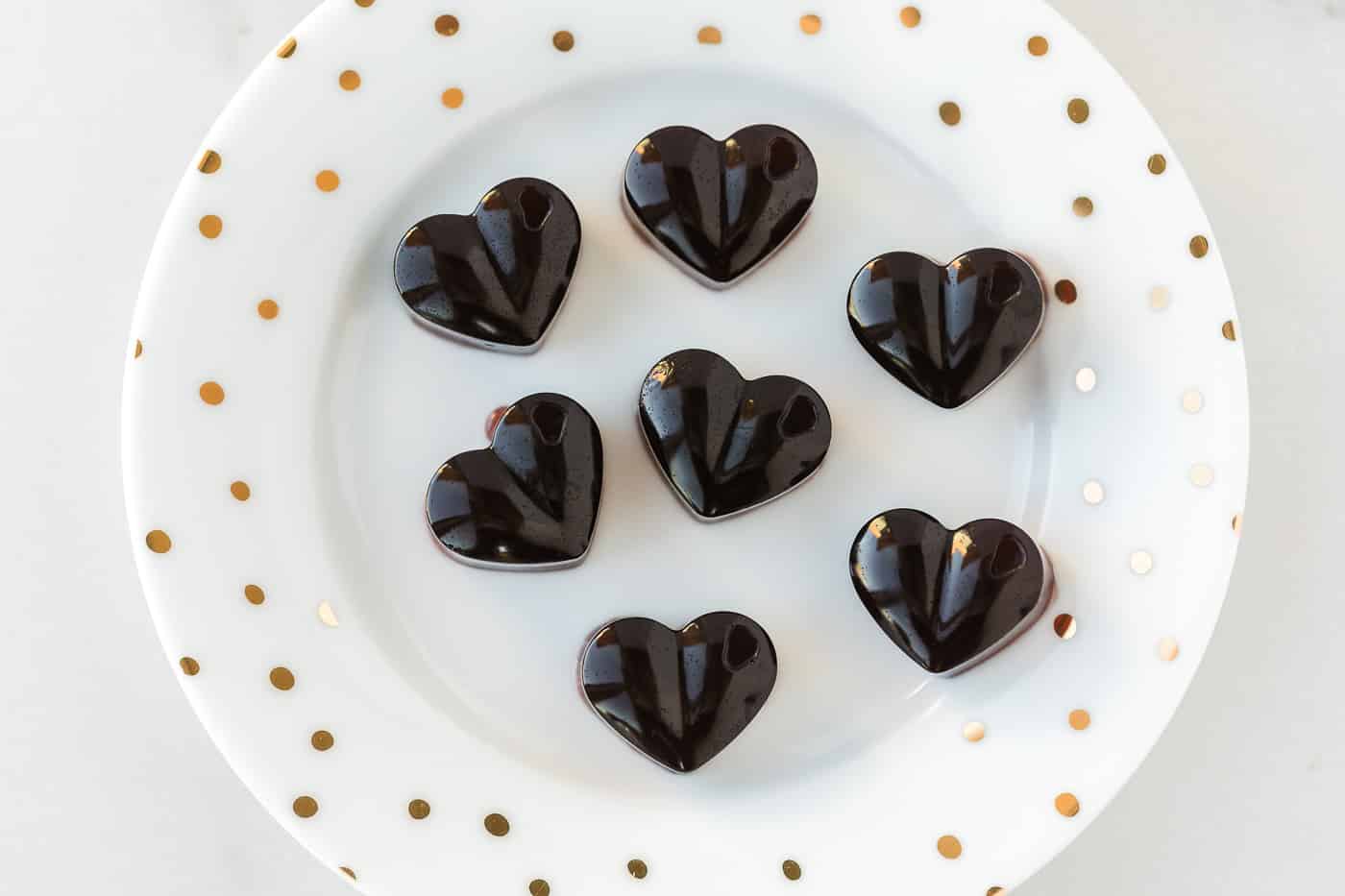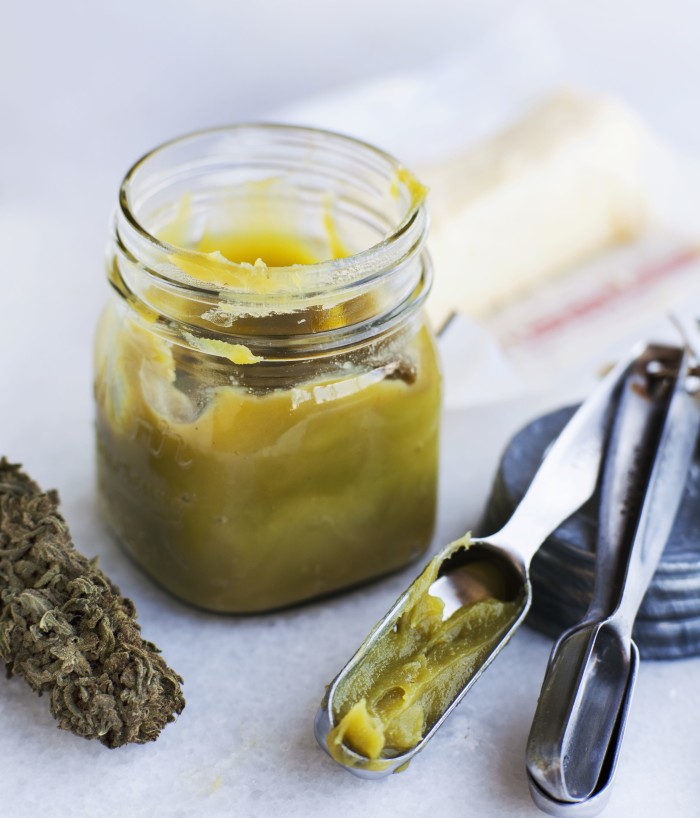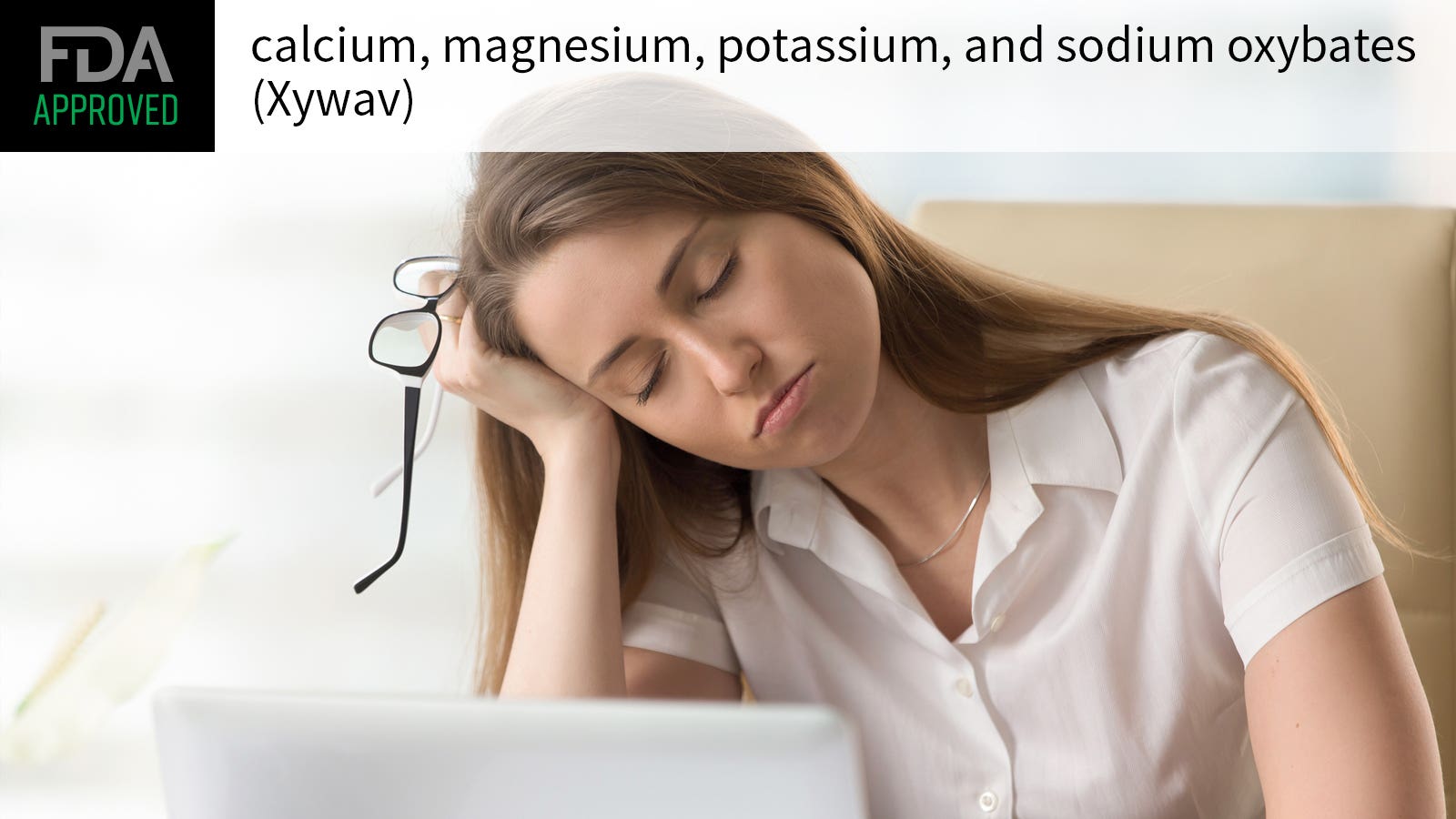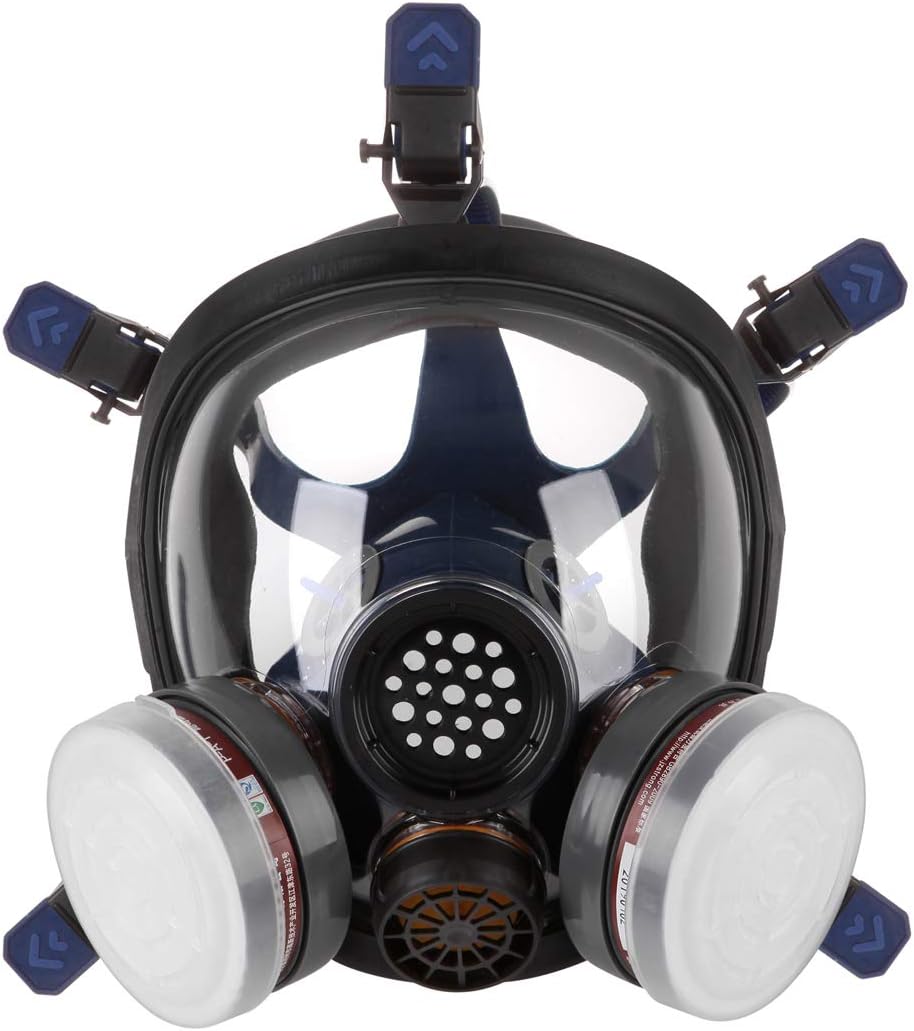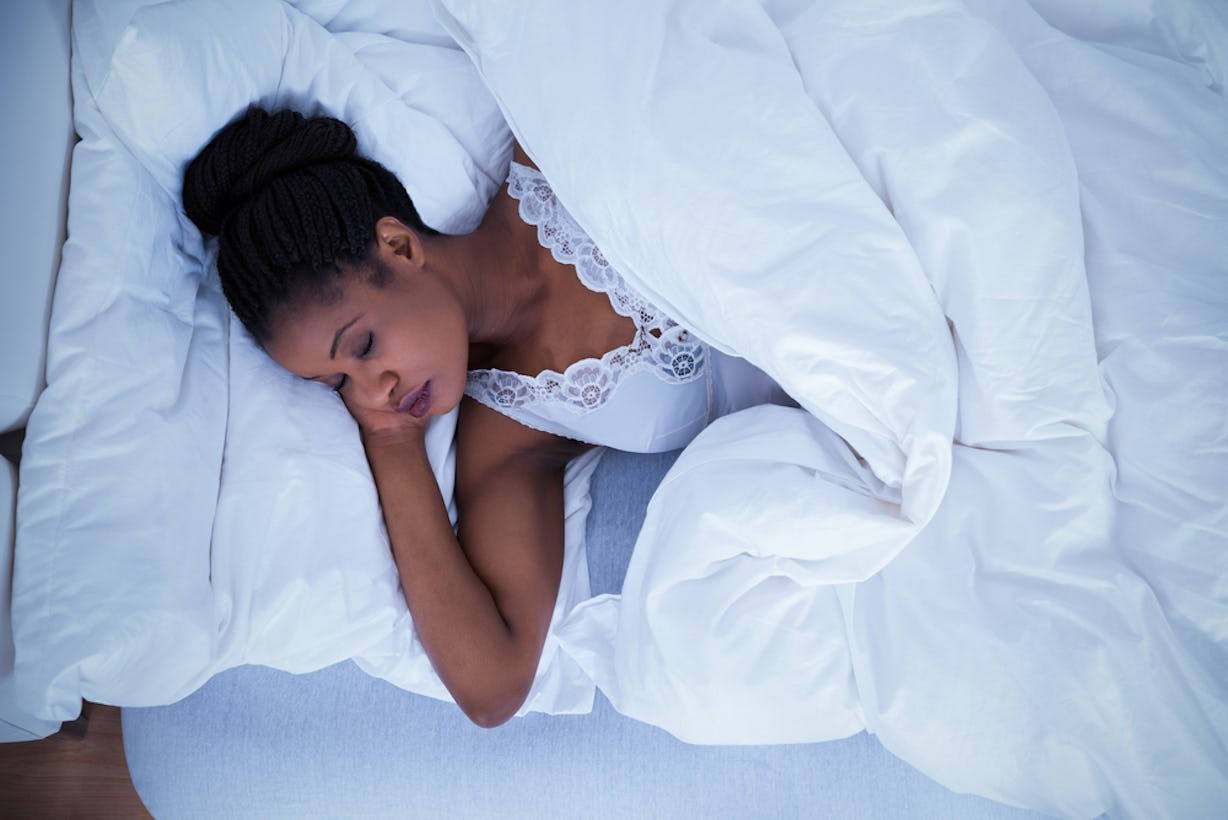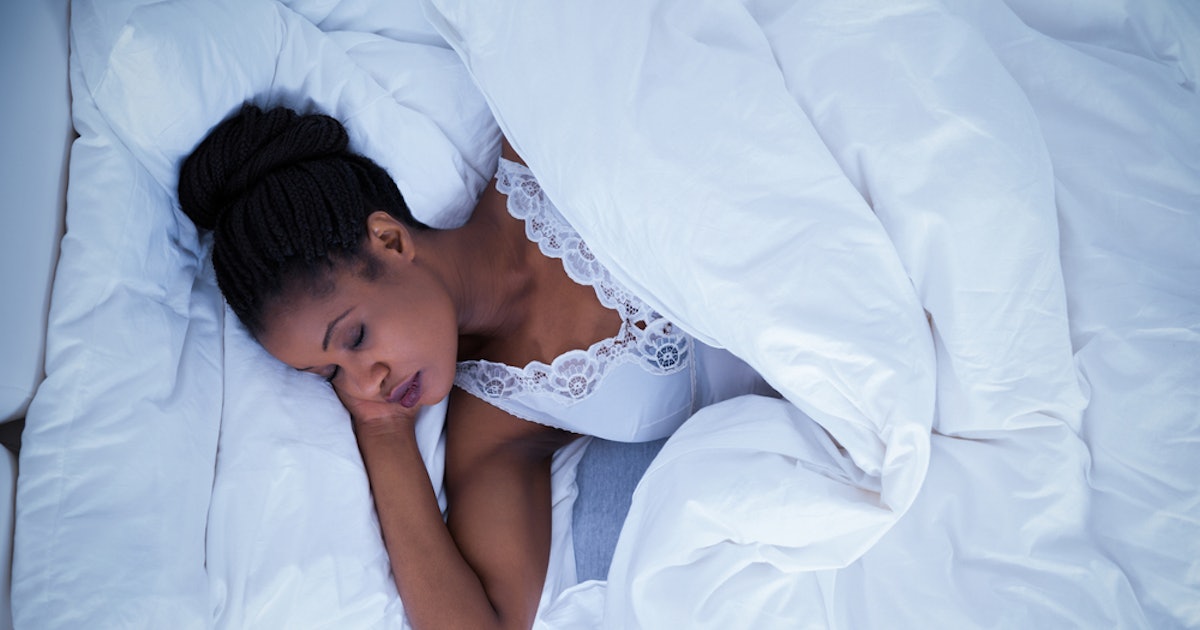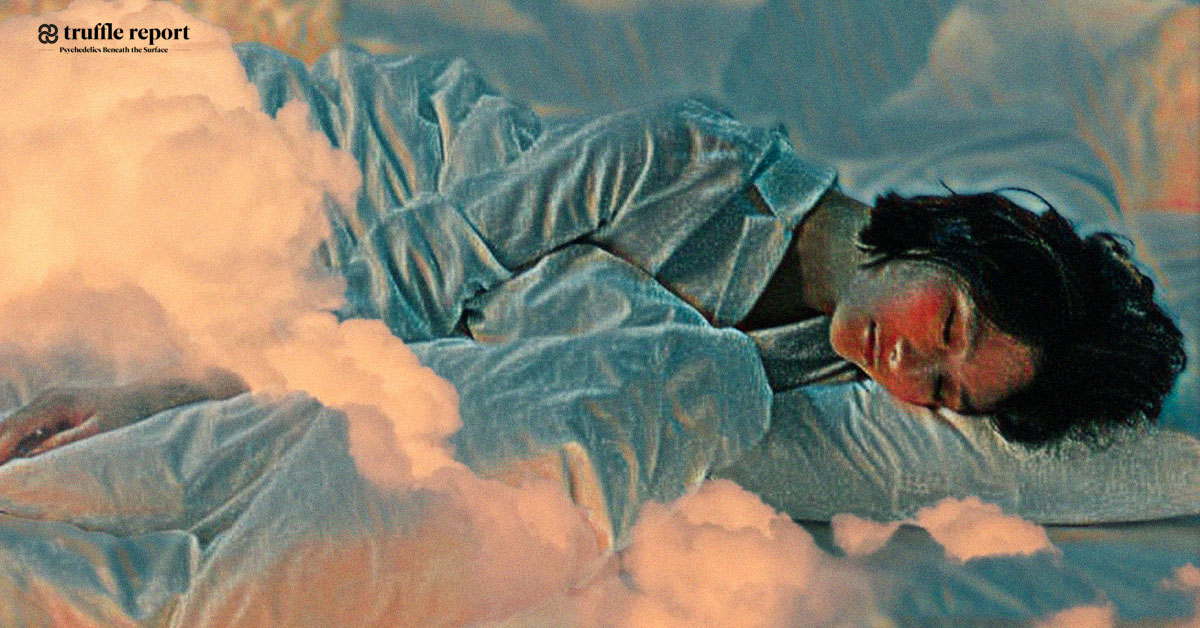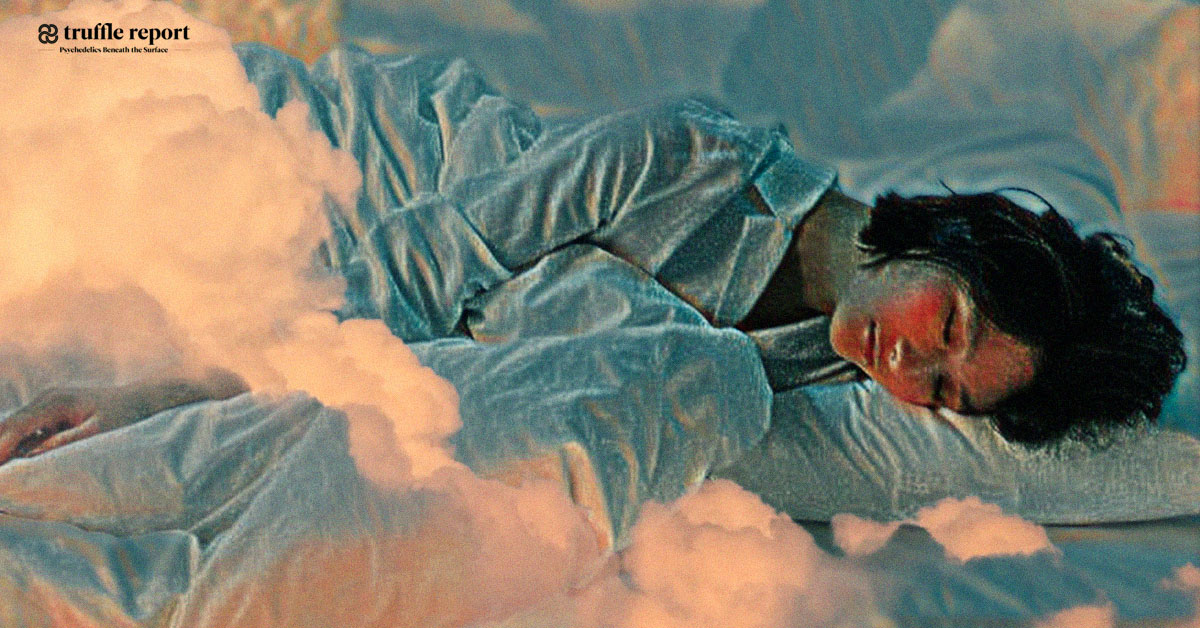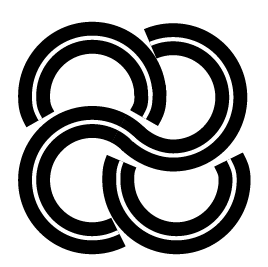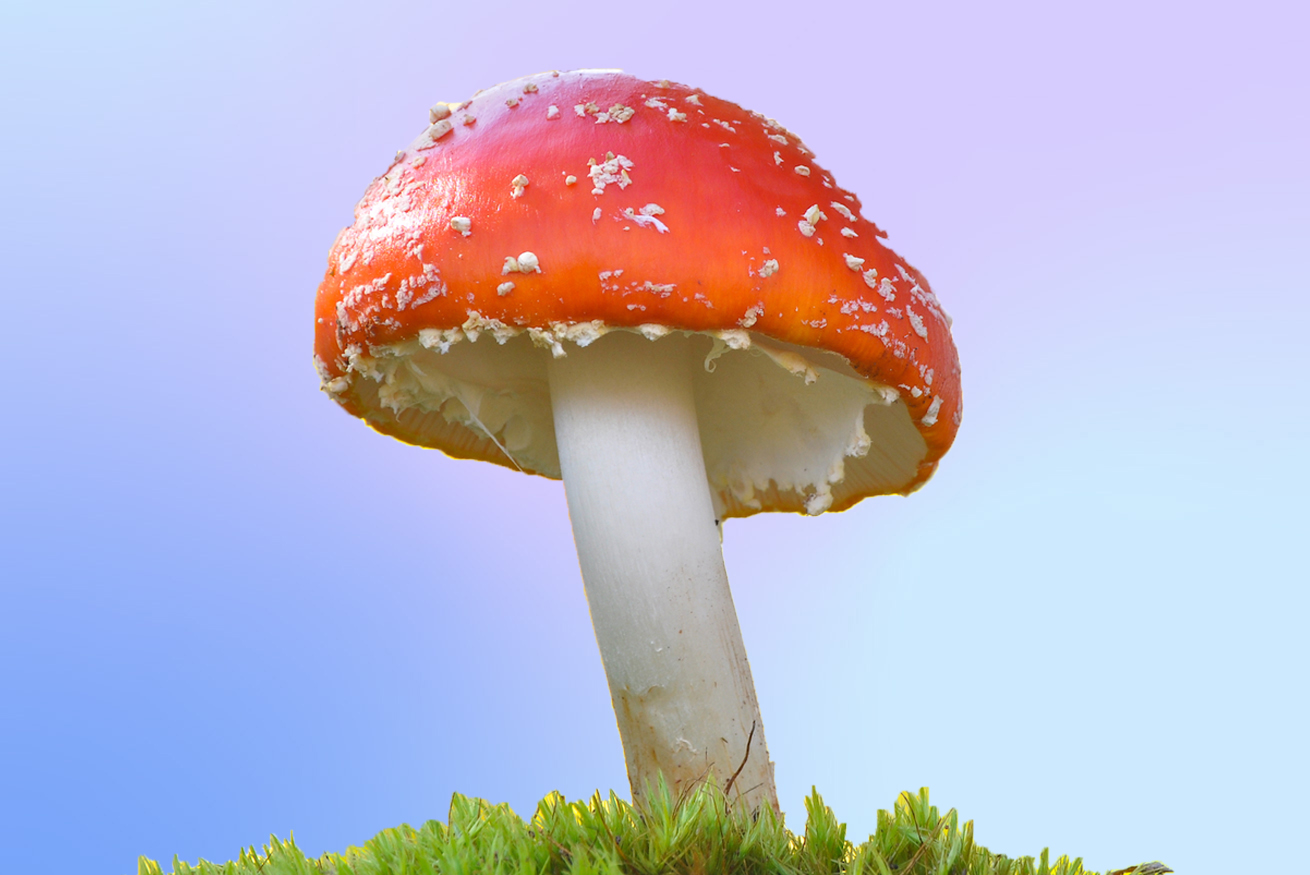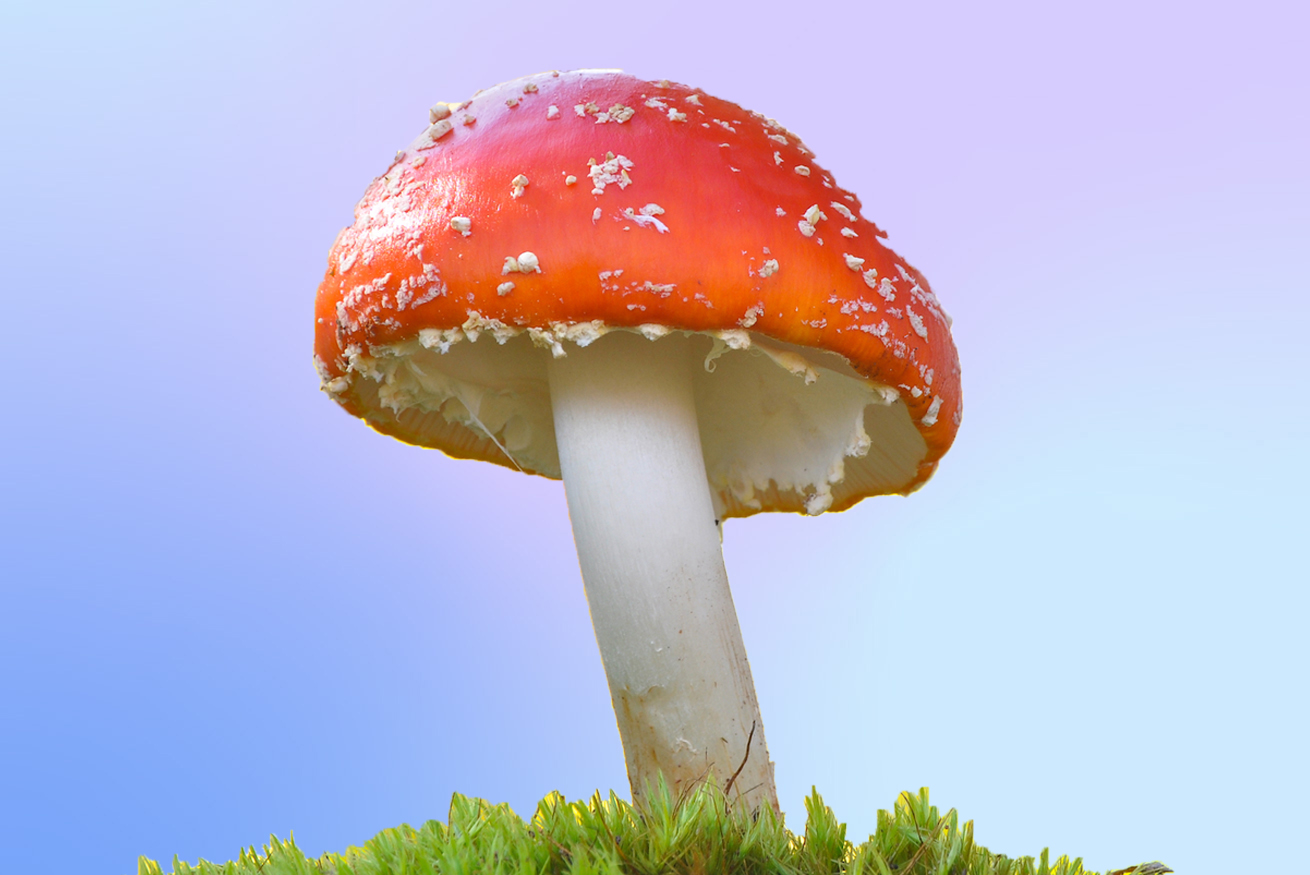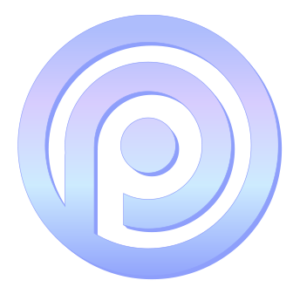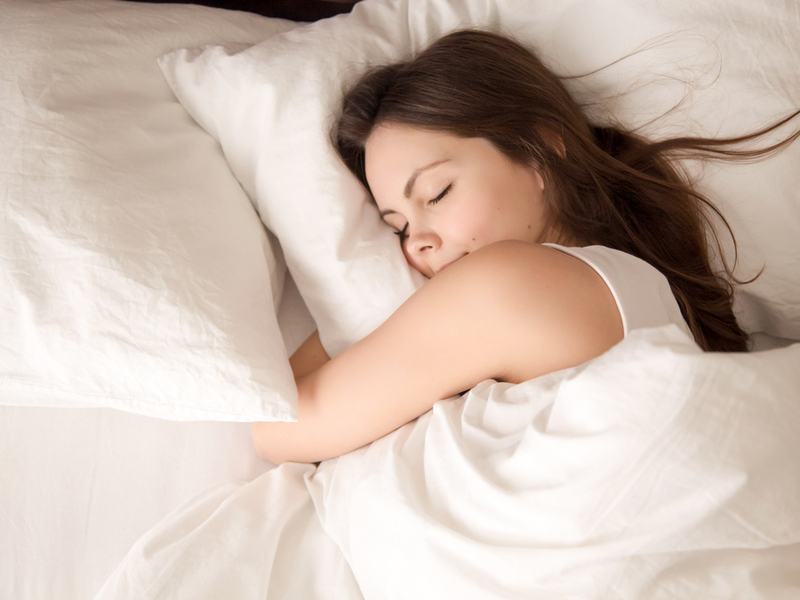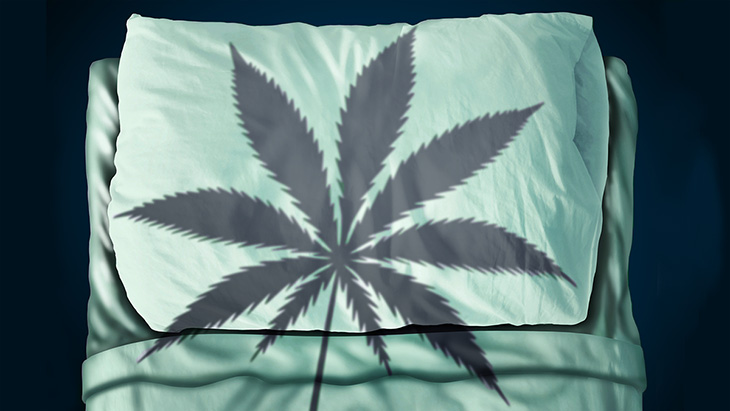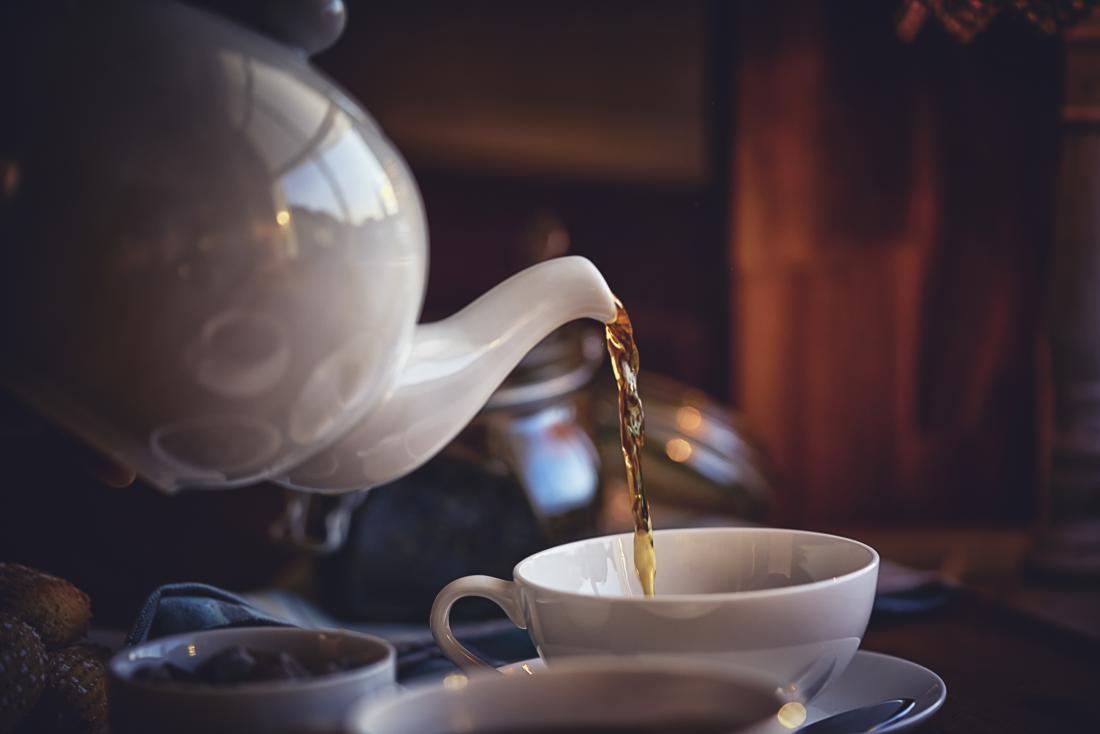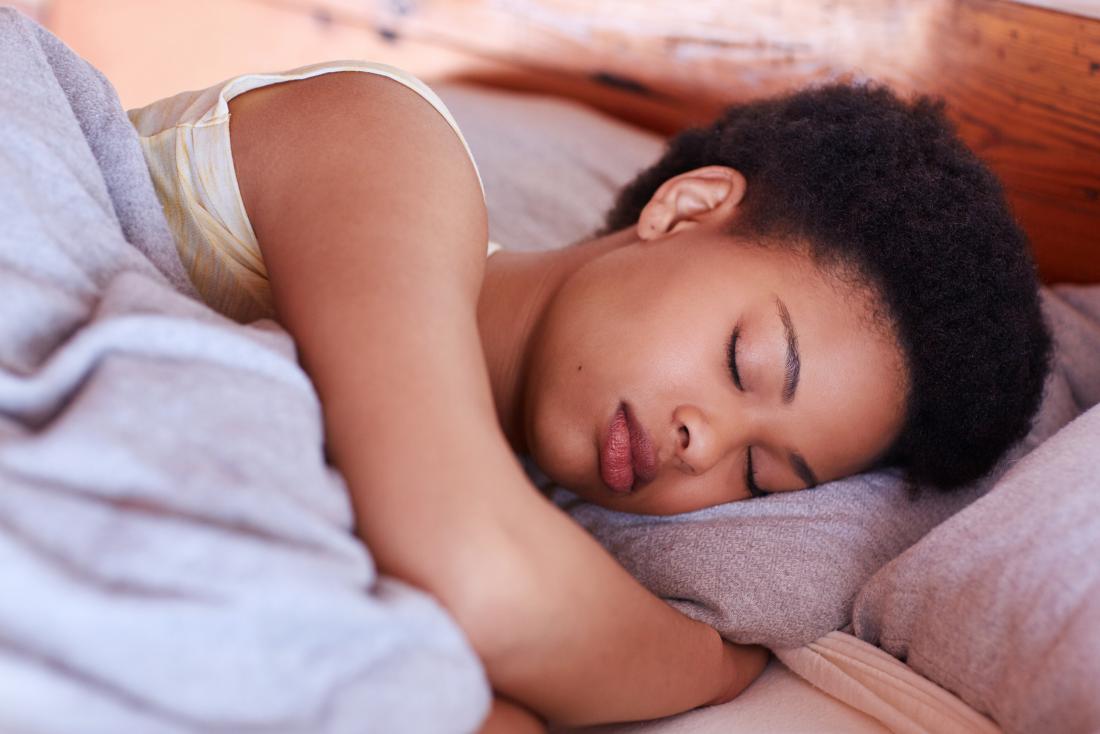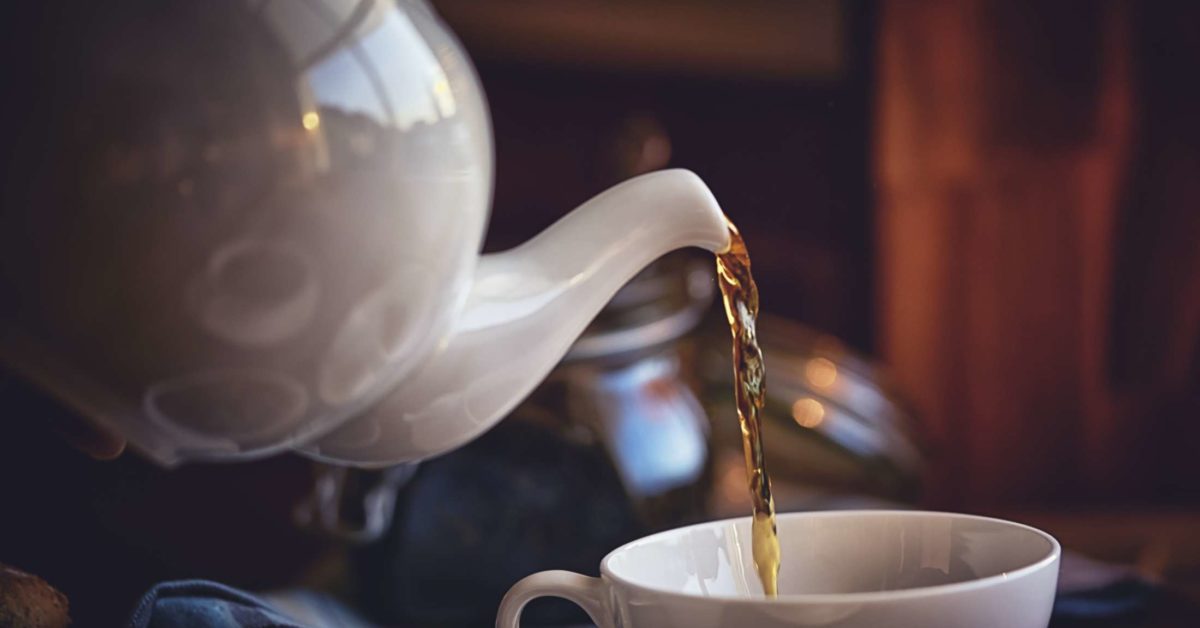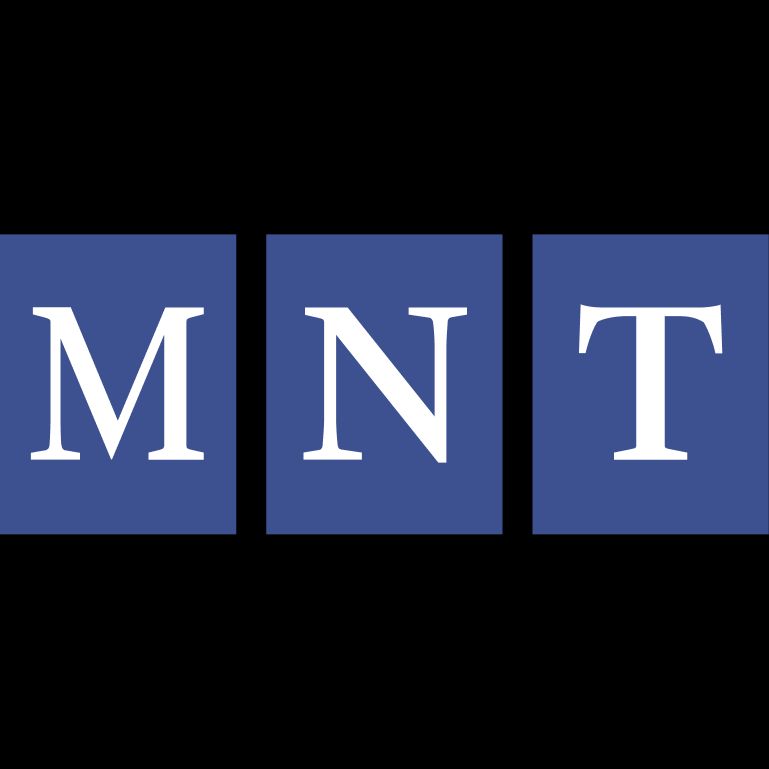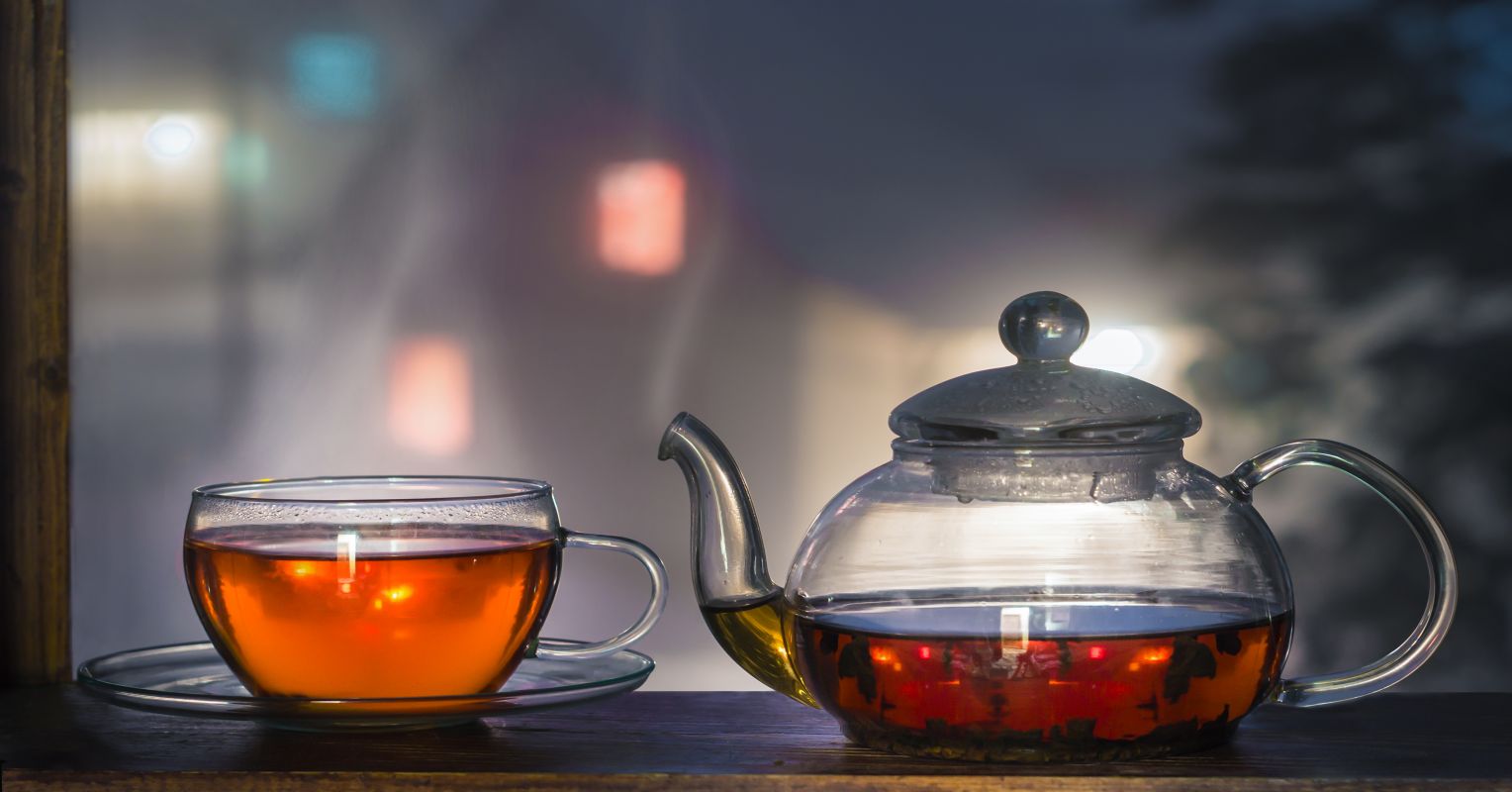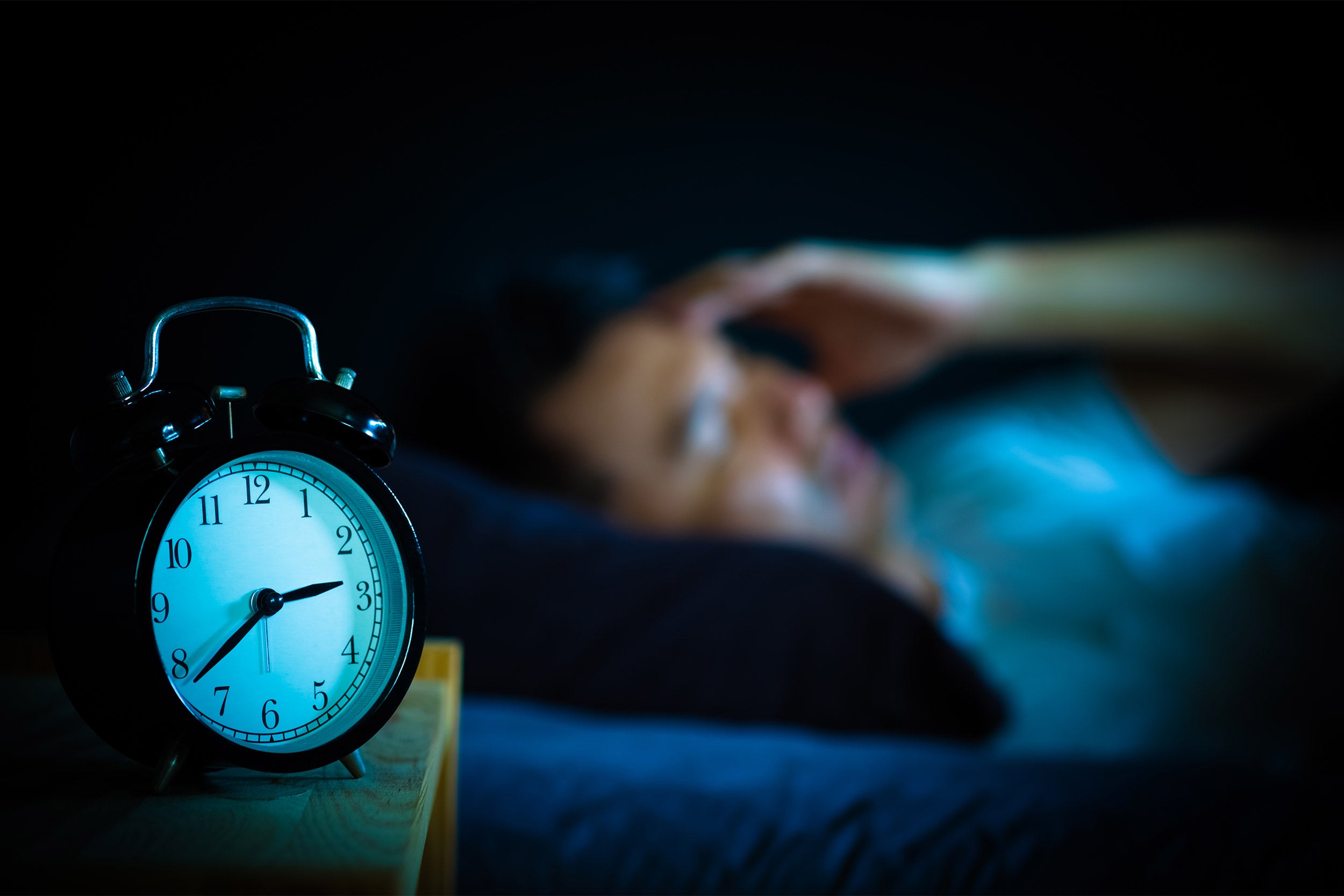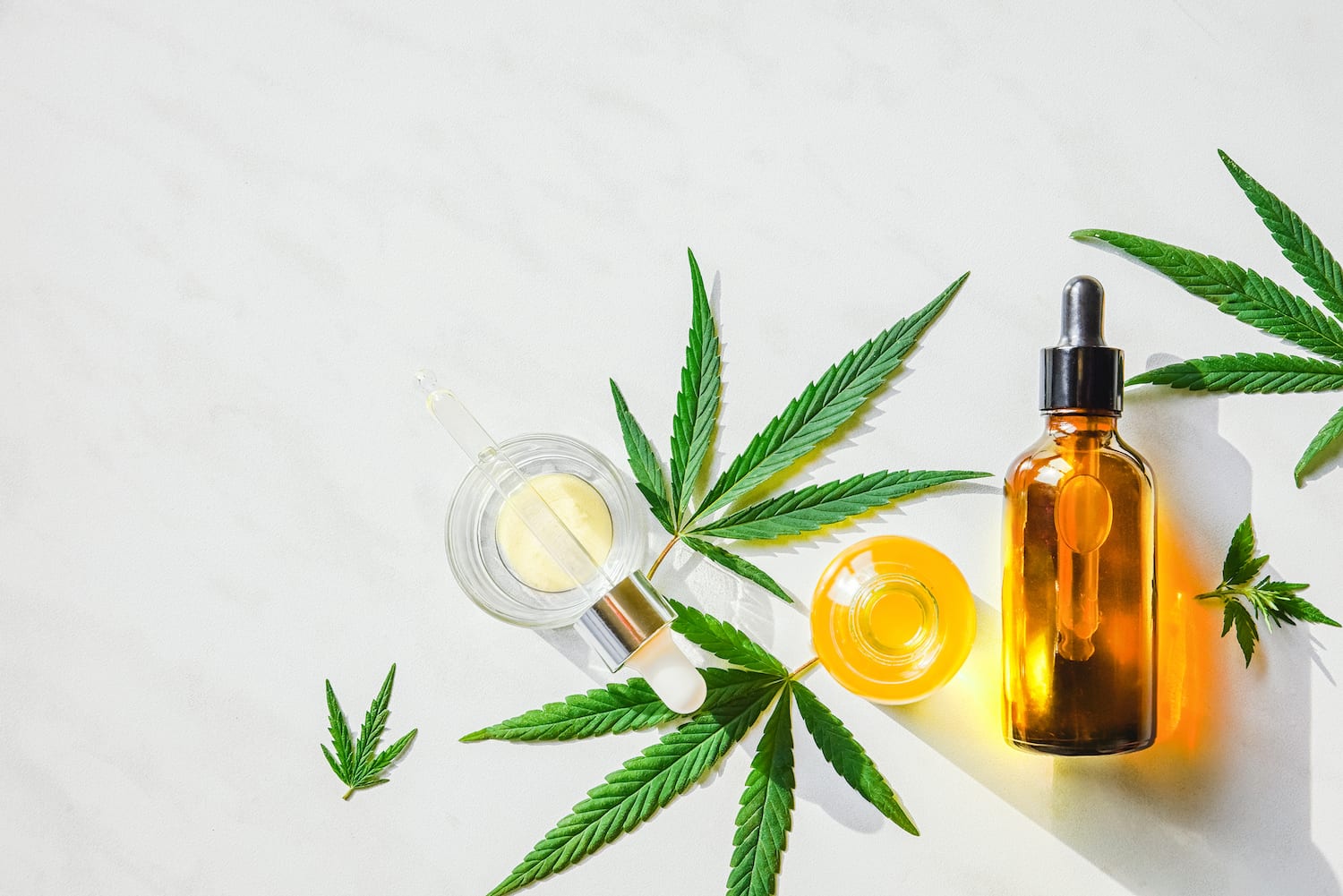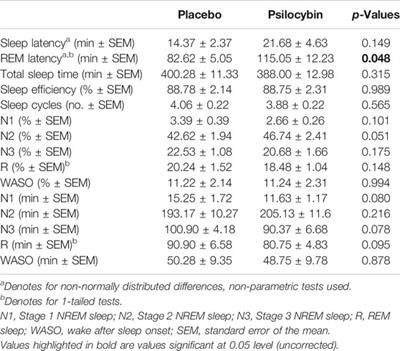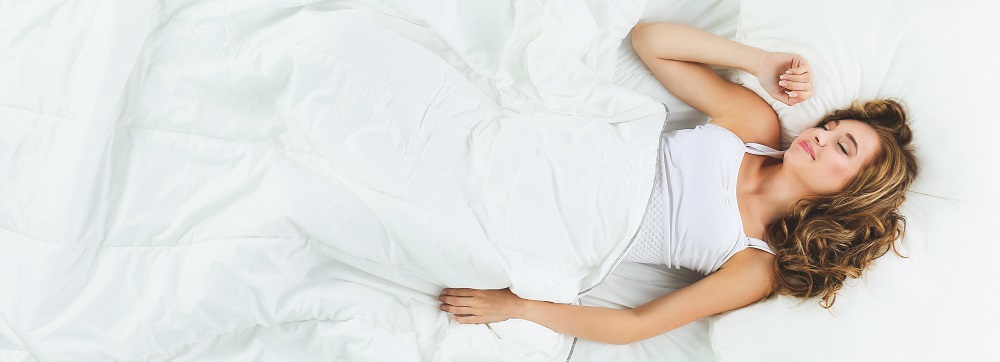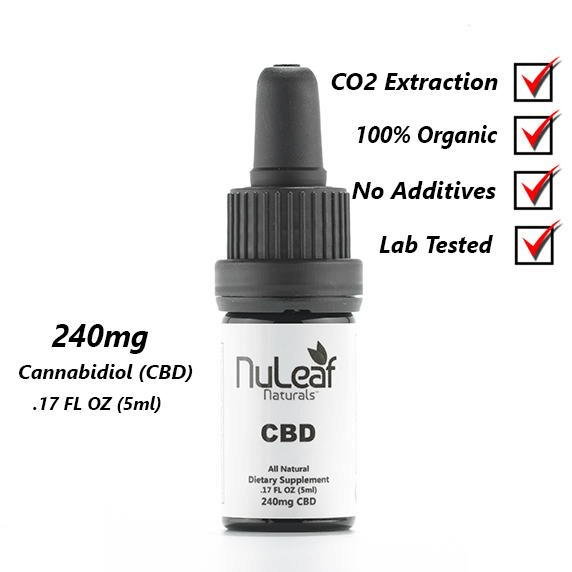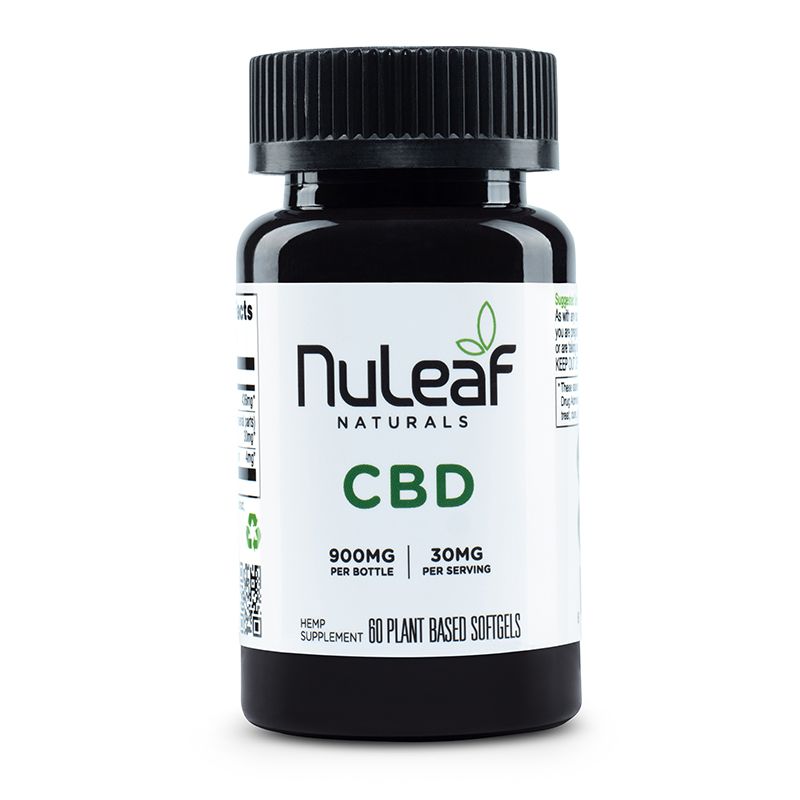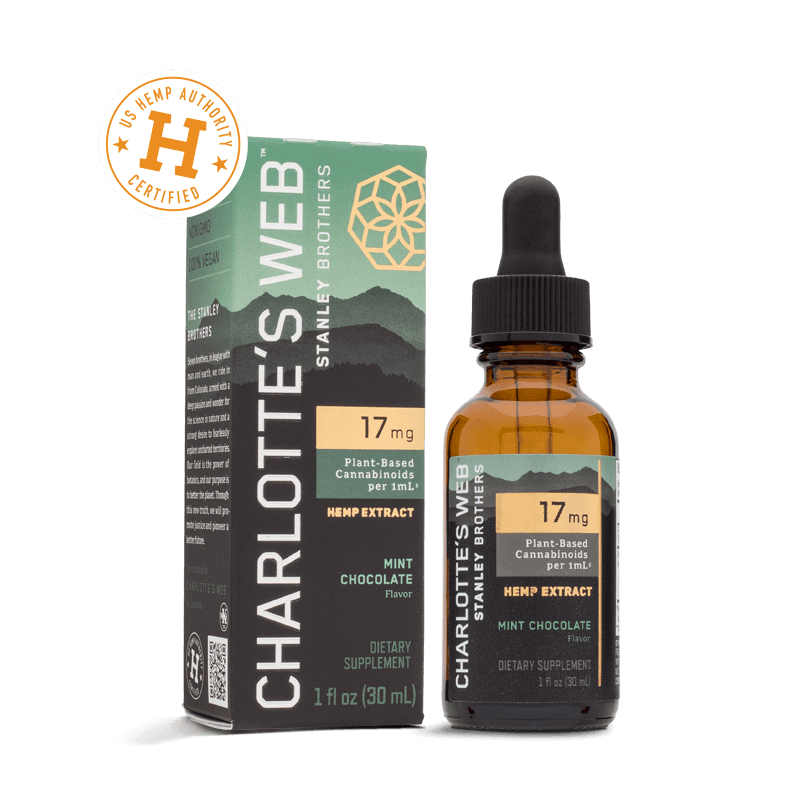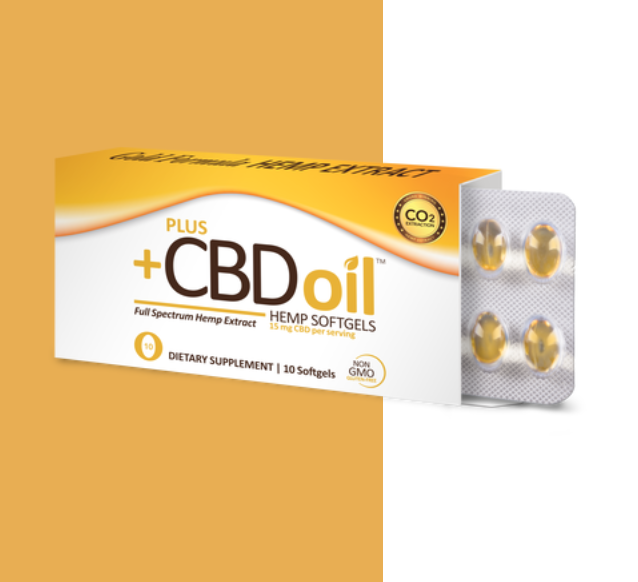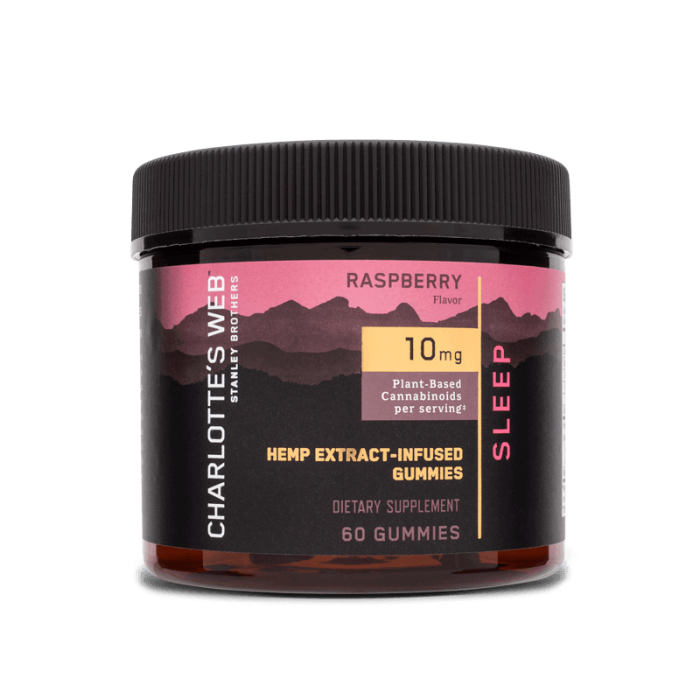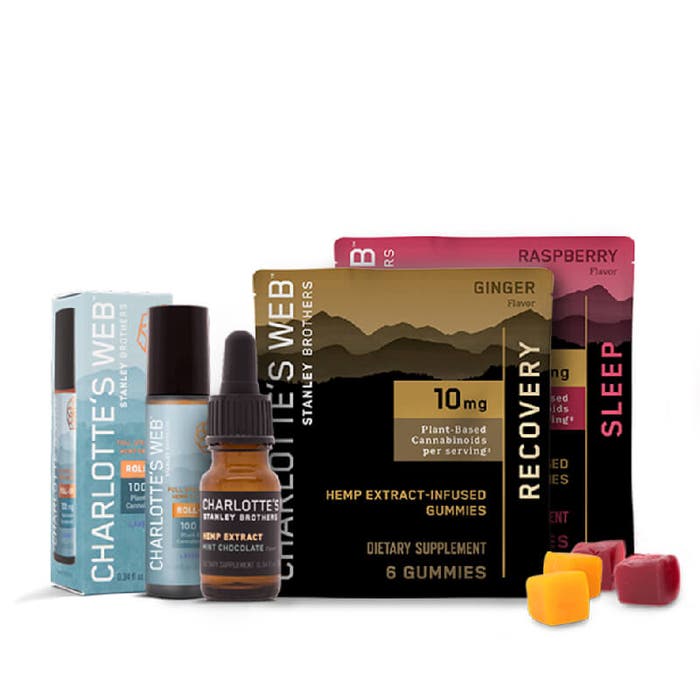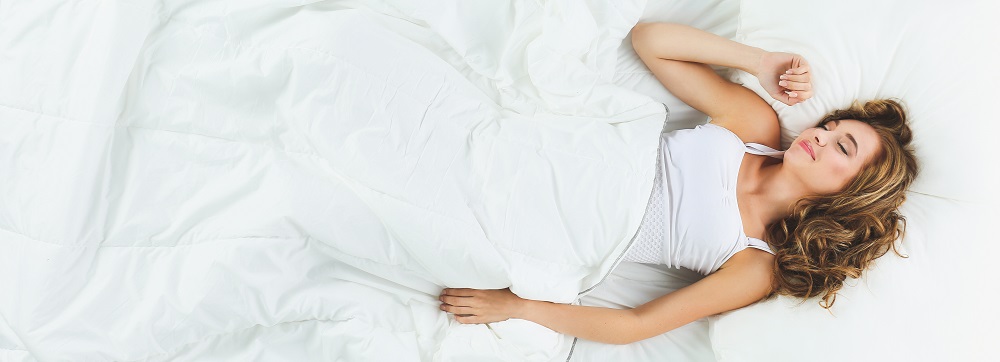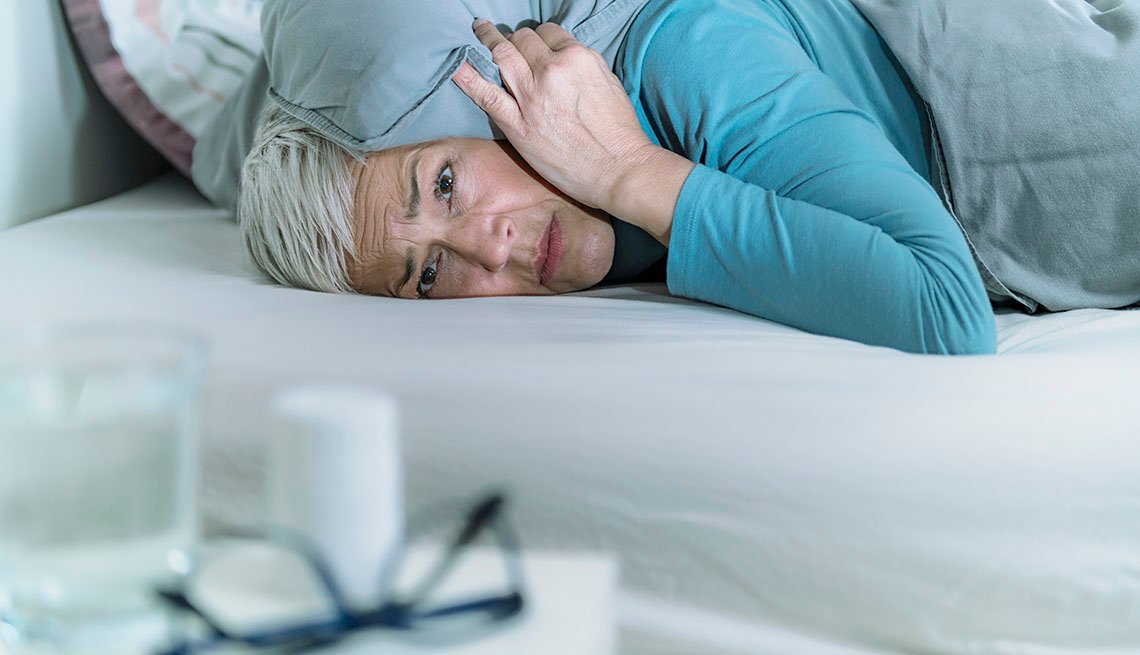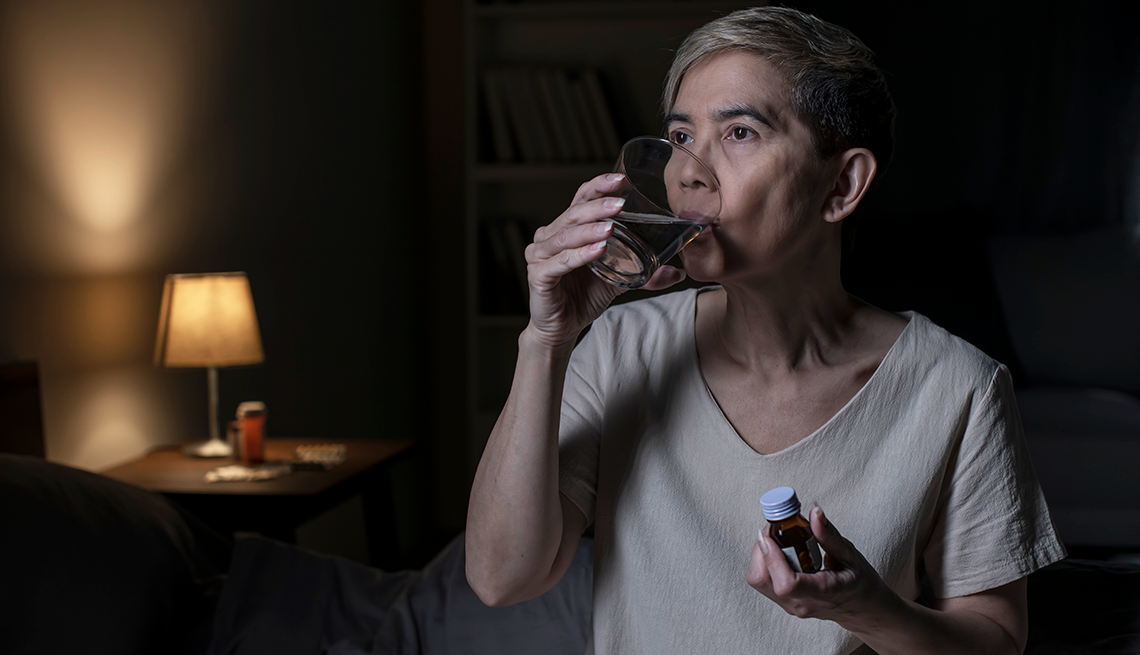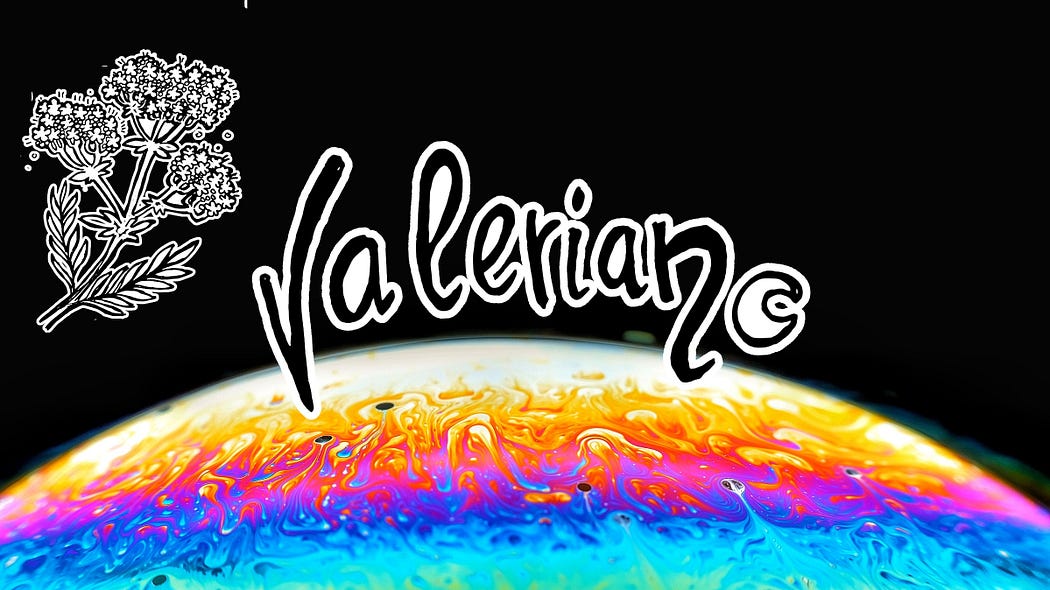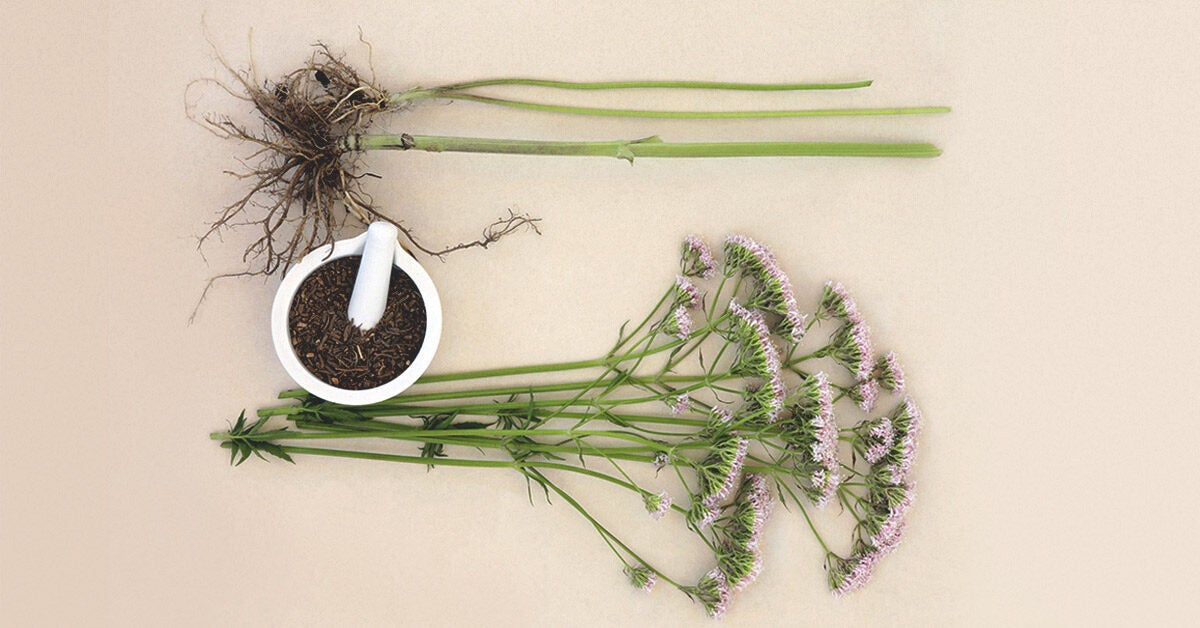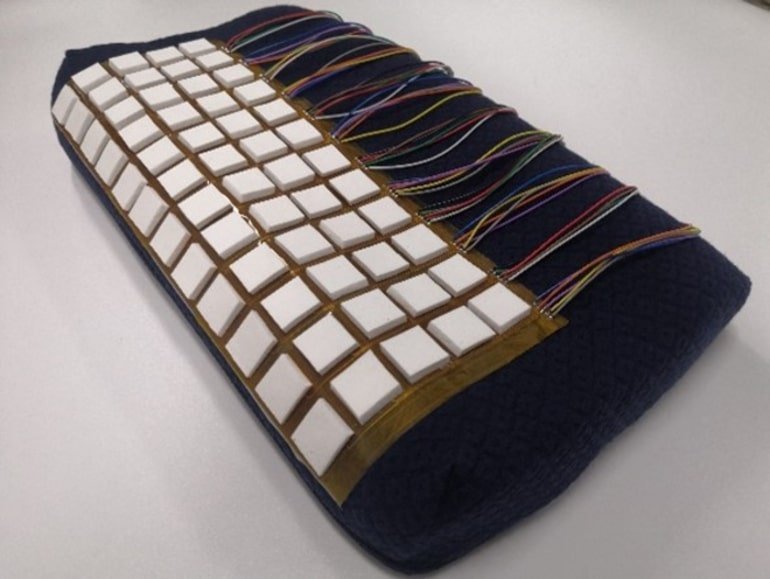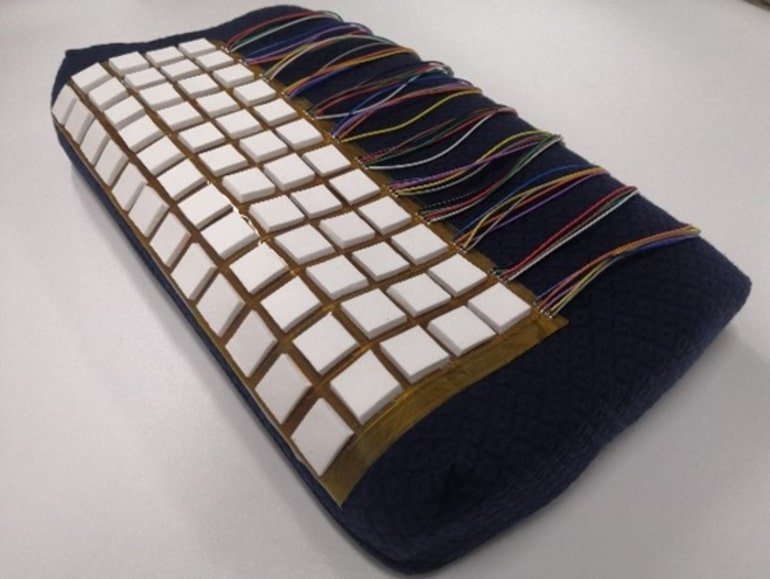F.D.A. approves GHB for sleeping disorder*
Jazz Pharmaceuticals brought in more than $1.7 billion last year selling GHB to narcolepsy patients. With the new approval, sales could soar.
by Virginia Hughes | New York Times | 12 Aug 2021
In the 1960s, the drug was given to women during childbirth to dampen their consciousness. In the 1990s, an illicit version made headlines as a “date rape” drug, linked to dozens of deaths and sexual assaults.
And for the last two decades, a pharmaceutical-grade slurry of gamma-hydroxybutyrate, or GHB, has been tightly regulated as a treatment for narcolepsy, a disorder known for its sudden sleep attacks.
Now, the Food and Drug Administration has approved the drug for a new use: treating “idiopathic hypersomnia,” a mysterious condition in which people sleep nine or more hours a day, yet never feel rested. Branded as Xywav, the medication is thought to work by giving some patients restorative sleep at night, allowing their brains to be more alert when they wake up. It is the first approved treatment for the illness.
But some experts say the publicly available evidence to support the new approval is weak. And they worry about the dangers of the medication, which acts so swiftly that its label advises users to take it while in bed. Xywav and an older, high-salt version called Xyrem have a host of serious side effects, including breathing problems, anxiety, depression, sleepwalking, hallucinations and suicidal thoughts.
"GHB has serious safety concerns, both in terms of its abuse liability and its addictive potential,” said Dr. Lewis S. Nelson, the director of medical toxicology at Rutgers New Jersey Medical School.
An estimated 40,000 people in the United States have been diagnosed with idiopathic hypersomnia, but Dr. Nelson said that many more people with daytime drowsiness might wind up with this diagnosis now that it has an F.D.A.-approved treatment. The disorder’s hallmark symptoms — sleep cravings, long naps and brain fog — overlap with many other conditions.
The more people who take the drug, the more opportunity for abuse.
“The potential for the scope of use to expand is very real,” Dr. Nelson said.
“So that is concerning to me.”
The new approval is a boon for Jazz Pharmaceuticals, based in Dublin, which brought in more than $1.7 billion last year selling Xyrem and Xywav to about 15,300 people, most with narcolepsy.
“We’re really excited about bringing the benefit of this effective medication to more patients,” said Bruce Cozadd, the chairman and chief executive of Jazz, which announced the new approval on Thursday.
On the black market, homemade GHB — also known as liquid ecstasy, goop and G — can be bought by the capful for $5 to $25.
But nightly treatments of Xyrem and Xywav cost roughly $100,000 a year. The new approval will make it much easier for hypersomnia patients to get insurance coverage for Xywav.
Many doctors and patients have never heard of idiopathic hypersomnia, Mr. Cozadd said, but Jazz will aim to change that.
“There’s an educational effort that we’ll be part of,” he said,
“which is really making sure there’s a better understanding among treaters and among patients of the condition and its treatment.”
The F.D.A. said its decision was significant because it is the first drug approved to treat the disorder.
“Idiopathic hypersomnia is a lifelong condition, and the approval of Xywav will be instrumental in providing treatment for symptoms such as excessive sleepiness and difficulty waking, and in effectively managing this debilitating disorder,” said Dr. Eric Bastings, deputy director of the agency’s Office of Neuroscience, in a statement.
In March, Jazz and the Hypersomnia Foundation, a patient advocacy group, began an awareness campaign — “I have IH” — which included an online survey of health care providers’ knowledge of the condition (it was low), and advertisements in Times Square.
“I never thought I’d live to see that day — it was very emotional,” said Betsy Ashcraft, the treasurer of the foundation’s board of directors, whose adult son has idiopathic hypersomnia. (Jazz paid the foundation for board members’ time consulting on the campaign, she said.)
GHB is an old drug, first synthesized by a Russian chemist in 1874. A century later, it was sold as a dietary supplement in the United States, and academic researchers began reporting that it greatly improved the nighttime sleep of people with narcolepsy and curbed their daytime attacks of paralysis, called cataplexy.
In 1994, the F.D.A. approached a Minnesota drug company called Orphan Medical to investigate GHB as a treatment for narcolepsy. The government gives incentives — including tax credits and seven years of market exclusivity — to develop drugs for diseases that have small patient markets.
But at the same time, illicit GHB was becoming a big problem. At low doses, the odorless powder can trigger euphoria and sexual arousal, making it popular at parties and raves. At high doses, especially when mixed with other downers like alcohol, it can knock a person out without any memory of what happened.
Tips for better sleep
Tired of tossing and turning? There are some strategies you could try to improve your hours in bed.
- Four out of five people say that they suffer from sleep problems at least once a week and wake up feeling exhausted. Here’s a guide to becoming a more successful sleeper.
- Stretching and meditative movement like yoga before bed can improve the quality of your sleep and the amount you sleep. Try this short and calming routine of 11 stretches and exercises.
- Nearly 40 percent of people surveyed in a recent study reported having more or much more trouble than usual during the pandemic. Follow these seven simple steps for improving your shut-eye.
- When it comes to gadgets that claim to solve your sleep problems, newer doesn’t always mean better. Here are nine tools for better, longer sleep.
In 2000, after GHB had been linked to sexual assaults and deaths, Congress passed a law that made the drug illegal, but allowed for future medical uses. Later that year, Orphan Medical sought F.D.A. approval of Xyrem for narcolepsy.
A subsequent meeting of an F.D.A. advisory committee brought charged testimony both for and against the drug. A lawyer who had taken GHB for narcolepsy for 19 years testified that his cataplexy “disappeared almost overnight,” with no side effects. The next speaker described how her daughter had bought GHB as a supplement for bodybuilding and became addicted.
“I am here today to tell you how GHB killed my daughter,” she said.
The advisory committee recommended the agency approve Xyrem for narcolepsy with cataplexy, which it did in 2002. Three years later, Orphan was acquired by Jazz.
Xyrem contains a lot of salt, increasing a user’s risk of hypertension. The low-sodium Xywav was approved for narcolepsy last year, and Jazz has been urging doctors — with much success — to switch patients to the new brand. As executives pointed out in a recent earnings call, the shift is good news for Jazz’s business: Xyrem will most likely begin to compete with generic versions of the drug next year, whereas Xywav will have market exclusivity until at least 2027.
Both prescriptions are tightly controlled through a safety program (known as a REMS) in which a single pharmacy ships the drug and regularly monitors patients and their doctors. Through this strict program, Jazz receives regular reports about any negative drug experiences reported by patients, and must disclose such cases to the F.D.A.
As of June 30, the F.D.A. had recorded more than 27,000 “serious adverse events” for patients taking Xyrem or Xywav, including 753 deaths, according to the agency’s public database of such reports. (The F.D.A. defines serious events as those that were life threatening or led to hospitalization, serious medical consequences or death. However, these reports could be inaccurate or incomplete, the agency notes. Some of the events happened to people taking multiple drugs, and no single report can prove a drug caused illness.)
“For some years I’ve had questions about whether this drug has benefits that exceed its high risks,” said Thomas Moore, a researcher at the Center for Drug Safety and Effectiveness at Johns Hopkins University, who in 2014 published a report recommending that the F.D.A. re-evaluate Xyrem.
“F.D.A. approval of Xywav is based on both its benefit and its risks,” said Mr. Cozadd of Jazz.
“Clearly F.D.A. believes, as we do, that used properly the drug is very beneficial for these patients.”
In the years after Xyrem was approved for narcolepsy, Orphan Medical, the company Jazz later acquired, ran afoul of the federal government for inappropriately marketing the drug for unapproved conditions, including insomnia, depression and fibromyalgia, a chronic condition involving pain and fatigue that affects at least four million people in the United States. The transgression cost Jazz $20 million in fines.
In 2010, Jazz tried to get the drug approved to treat fibromyalgia, but an F.D.A. advisory committee voted overwhelmingly against the idea.
“The data supporting its benefit was infinitesimally small,” said Dr. Nelson of Rutgers, who was on that panel.
"Given the large size of the fibromyalgia population, the committee deemed the risks too high," he said:
“Even with REMS, it just seemed like a potentially catastrophic idea.”
The F.D.A. granted the new approval for hypersomnia without asking an advisory panel to weigh in. Jazz’s application was based on a small clinical trial in which 115 patients were given Xywav for 12 to 16 weeks, leading to decreases in scores on a sleepiness scale. After that acclimation period, about half of the volunteers were switched to a placebo for two weeks, which led to marked increases in their sleepiness scores.
“Those under placebo deteriorated very rapidly,” said Dr. Isabelle Arnulf, a sleep disorder specialist at the Pitié-Salpêtrière University Hospital in Paris, who has studied hypersomnia for 25 years and helped carry out Jazz’s clinical trial. (She has not taken any payments from the company, she said.)
Although many of the volunteers reported side effects like nausea, anxiety and dizziness, the change in sleepiness scores was “extremely high,” Dr. Arnulf said.
“That’s why we are so enthusiastic with this drug. These results align with a 2015 study of a few dozen hypersomnia patients from her clinic who were helped by Xyrem," she said.
Other scientists were skeptical of the new trial’s results, which were presented at a scientific conference but not yet published in a journal. Some pointed out that the placebo group’s worsening scores might be at least partly explained by the negative effects of chemical withdrawal from the drug.
“Some, or possibly most, of the treatment difference could be contaminated by withdrawal effects,” Mr. Moore of Johns Hopkins said after reviewing a poster presentation of the data the company provided to The New York Times.
A senior scientist at Jazz, Dr. Jed Black, said that the volunteers who were switched to placebo did get sleepier, but that their scores were still better than they were before starting the trial, which you wouldn’t expect if they were in the throes of withdrawal.
“There’s absolutely no evidence of withdrawal, or any evidence of physical or psychological dependence,” he said.
Other experts said it was also hard to tease apart the possible effects of other drugs. More than half of the volunteers had been taking stimulant medications and were allowed to continue those drugs during the study.
“Based on what they presented, you cannot say it’s a study that supports approval,” said Stanley Edlavitch, an epidemiologist at the University of Missouri Kansas City School of Medicine and former F.D.A. official.
But with few other options, many hypersomnia patients are willing to take their chances on the drug. Rebecca King, a board member of the Hypersomnia Foundation, said she long struggled with daytime sleepiness, taking hourslong naps in the morning and afternoon but never feeling like she had slept — until Xyrem, which her doctor legally prescribed “off label” four years ago, before it was approved by the F.D.A.
“The doctor actually said to me, ‘Rebecca, are you sure you want to try this? You are messing with your brain,’” she recalled.
"But the drug was a huge, dramatic improvement for me,” she said.
Still, it isn’t for everyone. Ms. Ashcraft’s son, for example, saw no benefit when he tried Xyrem.
“If you gave me a list of medicines and said, ‘Which one do you want approved for idiopathic hypersomnia?’ I don’t know that I would have picked Xywav,” said Dr. Lynn Marie Trotti, a sleep neurologist at Emory University School of Medicine who has studied the condition.
Still, Dr. Trotti is pleased that there is now an approved choice for people with such a debilitating illness.
“For some patients, it is going to be the right medication,” she said,
“and they should be able to access it.”
*From the article here :
Jazz Pharmaceuticals brought in more than $1.7 billion last year selling GHB to narcolepsy patients. With the new approval, sales could soar.

www.nytimes.com
